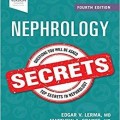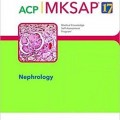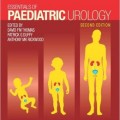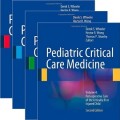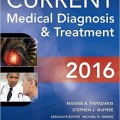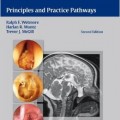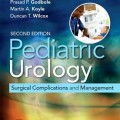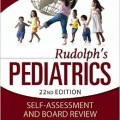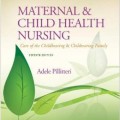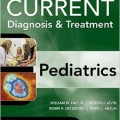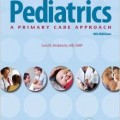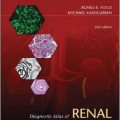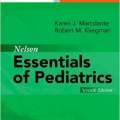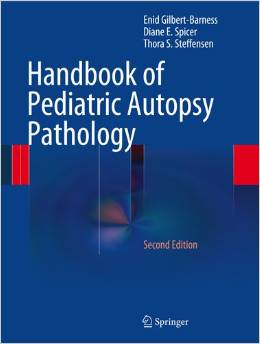دانلود کتاب راهنمای نفرولوژی کودکان
Manual of Pediatric Nephrology
This manual will meet the everyday needs of the wide range of medical professionals who play a role in the treatment of children referred to hospital because of renal disease. It is an easy-to-use, portable guide that will assist pediatricians, residents, and trainees in making prompt first-level management decisions. It will also prove invaluable for the adult nephrologists who care for children in many developing countries, and will serve as a teaching guide for experts when training non-subspecialists. Individual sections are devoted to the evaluation of renal disease; fluid, electrolyte, and acid-base disorders; glomerular diseases; tubular disorders; congenital, inherited, and urological disorders; consequences of renal disease; and miscellaneous topics. The text is in a bulleted format with tables and algorithms wherever possible, making it straightforward and easy to read. An appendix includes further important information such as normal values, drug dosages, and drug nephrotoxicity.
Review
From the book reviews:
“This is an excellent, multiauthored overview of pediatric nephrology. … The book would most benefit students, residents, and fellows with a focused interest in pediatric nephrology. … This manual is certainly a very good resource for general pediatricians, but it also can serve as a very reliable source of review for various levels of pediatric postgraduate trainees. … I will definitely recommend it as a quick guide to all pediatricians and pediatric nephrology trainees.” (Aftab Chishti, Doody’s Book Reviews, August, 2014)
From the Back Cover
This manual is designed to meet the everyday needs of the wide range of medical professionals across the globe who play a role in the treatment of children referred because of renal disease. It is an easy-to-use, portable guide that will assist pediatricians, residents, and trainees in making prompt and appropriate first-level management decisions. It will also prove invaluable for adult nephrologists who are responsible for the care of children in many developing areas of the world, and will serve as a teaching guide for experts when training non-subspecialists.
Individual sections are devoted to the evaluation of renal disease; fluid, electrolyte, and acid-base disorders; glomerular diseases; tubular disorders; congenital, inherited, and urological disorders; consequences of renal disease; and miscellaneous topics. The text is in a bulleted format with tables and algorithms wherever possible, making it straightforward and easy to read. An appendix includes further important information such as normal values, drug dosages, dosage adjustment in renal failure, drug nephrotoxicity, and dietary recommendations. The complexities of pediatric nephrology like pathogenesis, intricate physiological aspects, and details of advanced management are deliberately avoided since these issues typically arise during tertiary care at a referral center.
If you are searching for a practical, comprehensive guide on pediatric nephrology that will meet the first-line needs of all practitioners, whether in developed or developing countries, this manual will be ideal.
لینک کوتاه : https://bookbaz.ir/?p=3221
نویسنده : Kishore D. Phadke , Paul Goodyer
ناشر : Springer; 2014 edition
سال انتشار : 2014
زبان کتاب : انگلیسی
نوع فایل : PDF
تعداد صفحات : 630
(ISBN) شابک : 3642124828
قیمت کتاب درآمازون : $75.07
حجم فایل : 9 MB




























